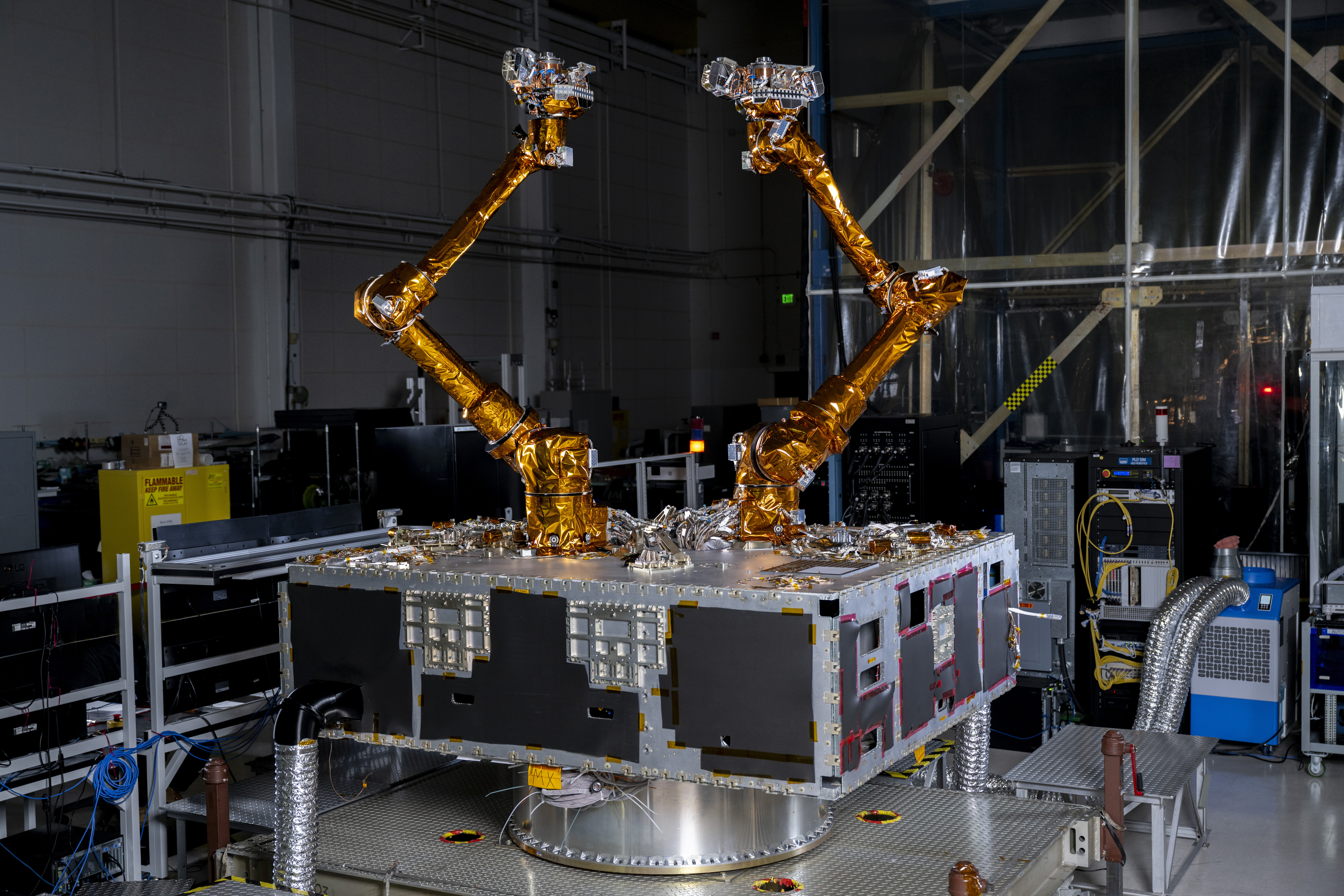Constellations and comets. Solar eclipses and the aurora borealis. The cosmos are alive with wonders. Eclipses were mentioned in Assyrian cuneiform tablets as early as 763 B.C. and Han Dynasty documents since 90 B.C. Similarly, the aurora borealis was observed by Assyrian astronomers around 679-655 B.C. and documented by Aristotle between 384 and 322 B.C.
While solar eclipses and the northern lights get the most attention, comets, meteor showers, and other spectacular night sky events happen all year round. Traveling to destinations specifically to stargaze is called astrotourism, and it’s been gaining momentum over the past decade. The 2017 solar eclipse further increased interest, with more than 216 million people attempting to see it, making it one of the largest recorded audiences for any scientific, athletic, or entertainment event. Plus, the growth of dark sky parks and reserves (designated areas with minimal light pollution) has made it easier for people to engage with the cosmos.
Here’s why 2024 will be huge for astrotourism and where and when you should look up.
The year for astrotourism
2024 could bring the best auroras in 20 years, including in regions that don’t typically see the northern lights, such as Arizona, Arkansas, and Virginia. Alex Filippenko, an astrophysicist and professor at the University of California, Berkeley, says the strength of this year’s northern and southern lights is because the sun is nearing a maximum in its roughly 11-year solar activity cycle, expected to peak in 2025. He adds that the total solar eclipse that will take place on April 8 will also be visible in many parts of the U.S., and it will be the last one to occur here until 2044.
In April, the enormous 12P/Pons-Brooks comet will streak toward the inner solar system, becoming so bright that it may be visible to the unaided eye. Nearly three times the size of Mount Everest, the comet will align with the eclipsed sun on April 8 and swing by Jupiter on April 12 before reaching peak brightness on its way to the sun on April 21.
(This Swedish overnight train takes you straight to the northern lights.)
Come August, the annual Perseid meteor shower returns, scattering a flurry of up to 60 shooting stars per hour. On September 17, Saturn will converge with the moon and do so again on October 14 and 15, November 11, and December 8. This spectacle will be visible to unaided eyes shortly after sunset, though binoculars could make the silvery lunar glow and giant yellow planet appear even more impressive.

A crowd watches the moon rise over the Temple of Poseidon, 43 miles south of Athens, Greece, on May 15, 2022.
Photograph by Louisa Goulimaki, Getty Images
Planning your own astro adventure
According to a report by the Great American Eclipse, an estimated one to four million people will travel to see this year’s solar eclipse. In response, travel companies are rocketing into astrotourism.
In 2021, Black Tomato launched a series of bespoke eclipse experiences, including adventures to Argentina and Patagonia and luxury private yacht trips in Antarctica. Wilderness Travel, a California-based adventure company, has offered expert-led eclipse trips for 20 years.
Texas-based Jean Ann LeGrand, who has seen eclipses on several Wilderness Travel trips, says, “the moment is ethereal—the personal excitement, the solar drama, the atmospheric changes; it’s as if you are being drawn in and cloaked in an experience of being made one with the sun.”
Some of the best cities to view the eclipse in the U.S. are Austin and Dallas, Texas; Cleveland, Ohio; and Rochester and Niagara Falls, New York. Indianapolis has planned events at the Indianapolis Speedway, Children’s Museum, and zoo, where animals are expected to react to the sudden loss of light.
(The best places to see the 2024 total solar eclipse.)
August’s Perseid meteor shower is best seen in the Northern Hemisphere. For prime views, head somewhere dark, clear, and far from light pollution and threats of wildfires. Popular places for stargazing and meteor watching are Colorado and California, but to avoid the crowds (and potentially ash-filled skies), consider lesser visited dark skies in Nebraska or South Carolina.
Auroras are much harder to plan for in advance says Filippenko, but nights around the new moon are better than bright full-moon nights. The National Oceanic and Atmospheric Administration also offers a map that helps you determine whether or not the lights will be visible from your area.
Top spots to see the aurora borealis in Europe include Finland, Scotland, Iceland, and Norway, because they experience many hours of darkness. The southern lights illuminate the skies over the southern tip portions of Tasmania, Australia and New Zealand. But some of the darkest skies won’t be spotted from land. Rather, they’ll be found far from light pollution, in the middle of the ocean. Consider a cruise that passes through northern regions like Greenland and the Canadian Arctic.
Cassandra Brooklyn is a New York City-based writer who specializes in sustainability, accessibility, and the outdoors. She wrote the guidebook Cuba by Bike. Follow her on X.
Note: This article have been indexed to our site. We do not claim legitimacy, ownership or copyright of any of the content above. To see the article at original source Click Here












